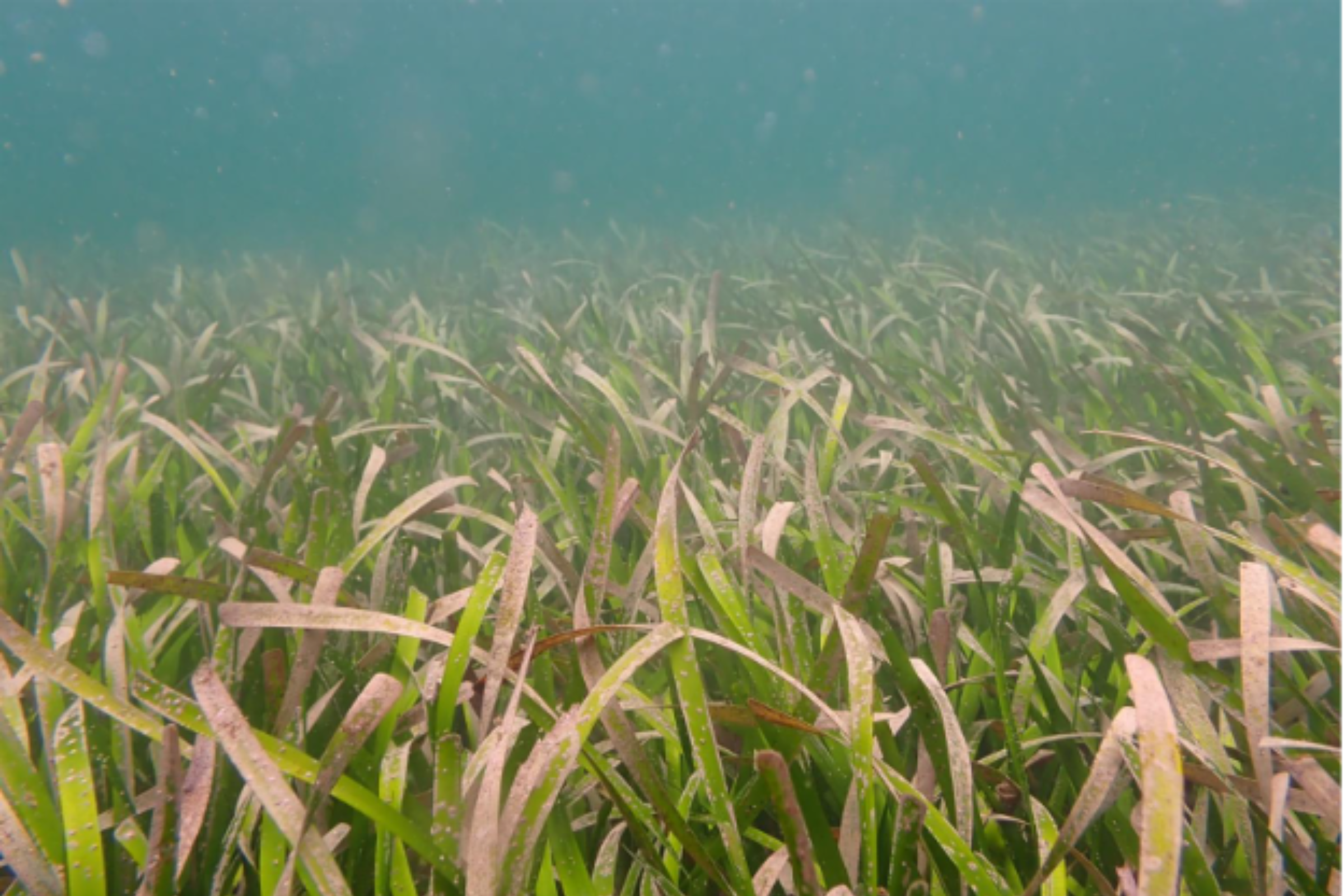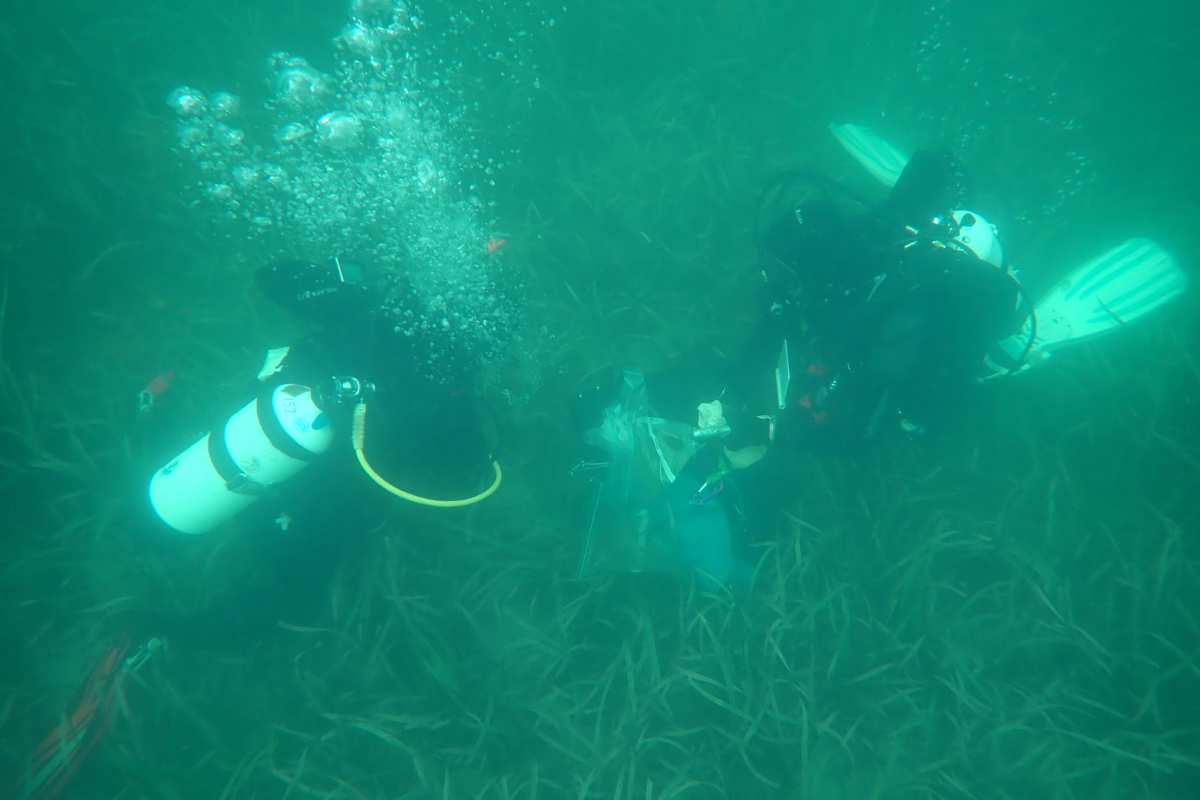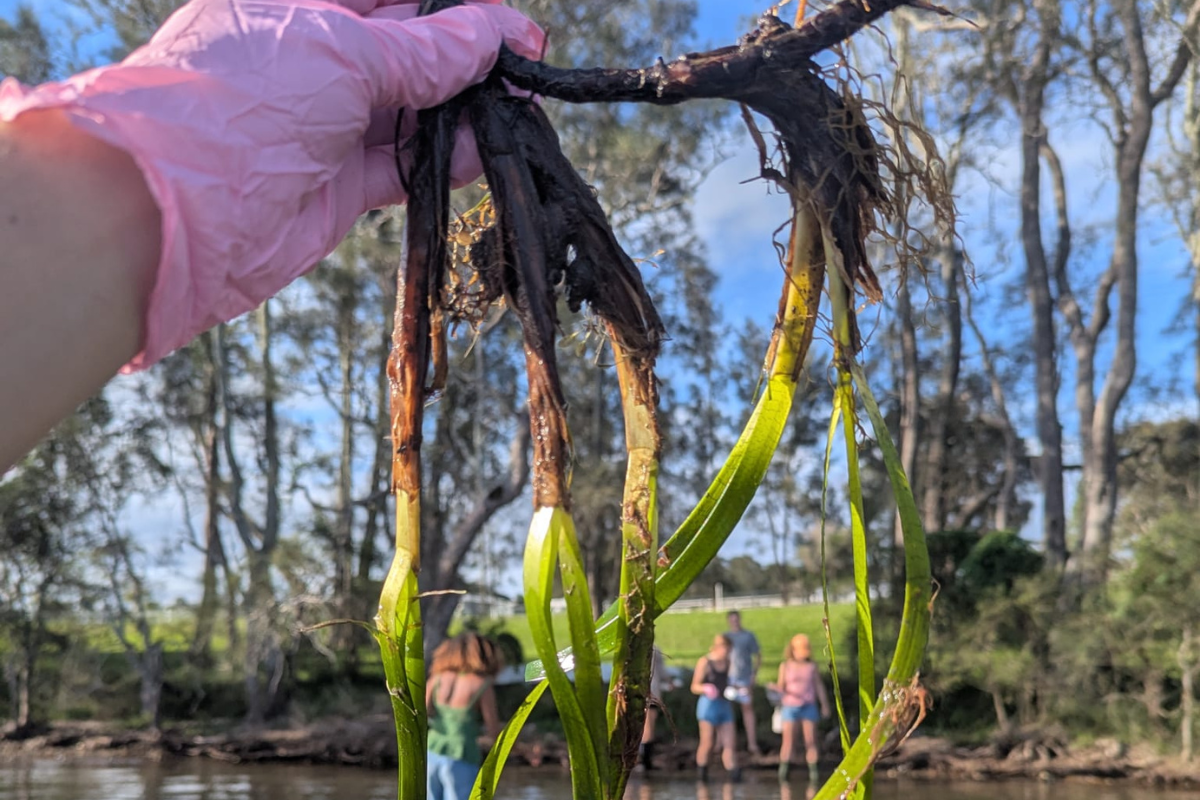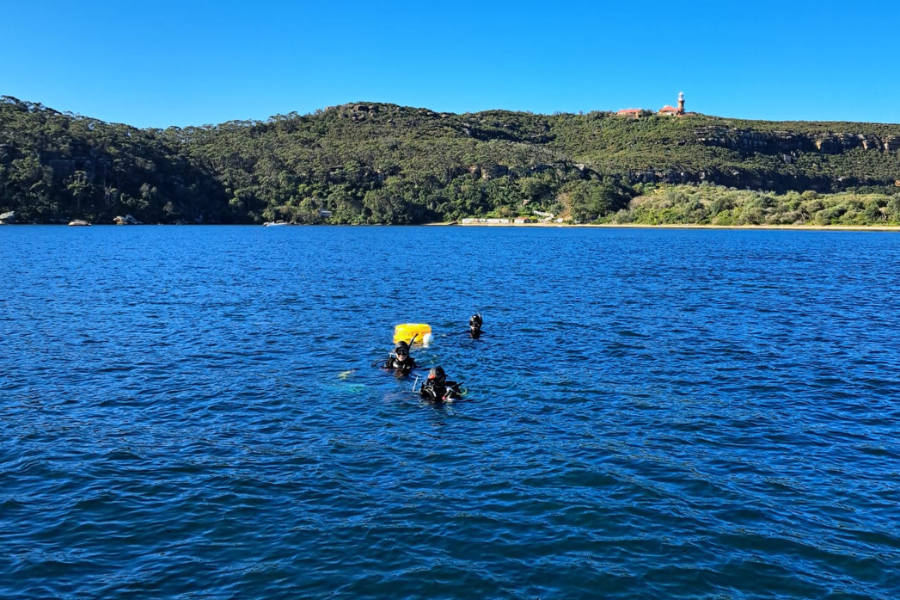Where to Find Posidonia australis
Most sightings for this project will come from beach-cast fragments — and that’s exactly what we’re looking for.
After high tides, storms, or strong winds, Posidonia shoots, flowers, and fruits often wash up on beaches near meadows. These fragments may still contain flowering spikes or developing fruits and are incredibly valuable for tracking reproductive timing and locations.
So next time you're walking along a beach near an estuary or coastal lake, keep an eye out! Even dried material can help if flowering or fruiting structures are visible.

Find Meadows Near You
If you’re unsure where to start, the NSW DPI Fisheries Spatial Portal is a great tool for exploring mapped Posidonia australis meadows across the NSW coastline.
How to use the map:
- Click here to open the portal
- Under Map Layers, select Estuarine Macrophytes
- Click the plus (+) symbol to expand the layer legend
- Look for red and pink areas on the map — these represent Posidonia australis
- Zoom in to your local estuary or use the search bar to locate a nearby town or city
Tip: The habitat layer may take a few seconds to load — give it time!
Field Tips
- Focus on sheltered estuaries and coastal lakes where Posidonia is mapped
- Walk along the high tide line, where wrack tends to collect
- The best time to search is as the tide is dropping, around mid-tide — fresh fragments are more likely to be exposed
- Look for spikes, flowers, or fruits in washed-up material
- Even detached or dried fragments can still provide valuable data if structures are intact
- Check multiple spots—flowering can vary across and within meadows
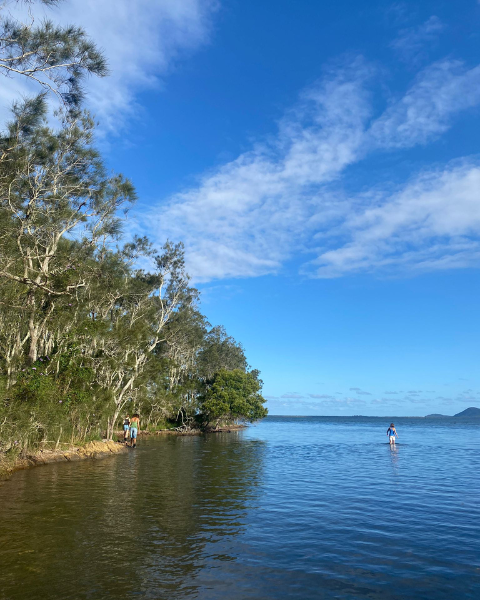
Field Guides & Printable Resources
These are freely available to download and share—whether you’re heading into the field, running a community event, or just learning more from home.
Wallis Lake, Port Stephens & Broughton Island , Lake Macquarie, Brisbane Waters, Pittwater & Cowan Creek, Sydney Harbour, Gamay - Botany Bay, Port Hacking, Jervis Bay & St Georges Basin, Bateman’s Bay & Tollgate Islands, Broulee Island, Wagonga Inlet, Bermagui, Tathra, Merimbula Lake, Pambula Lake, Eden, Green Cape

